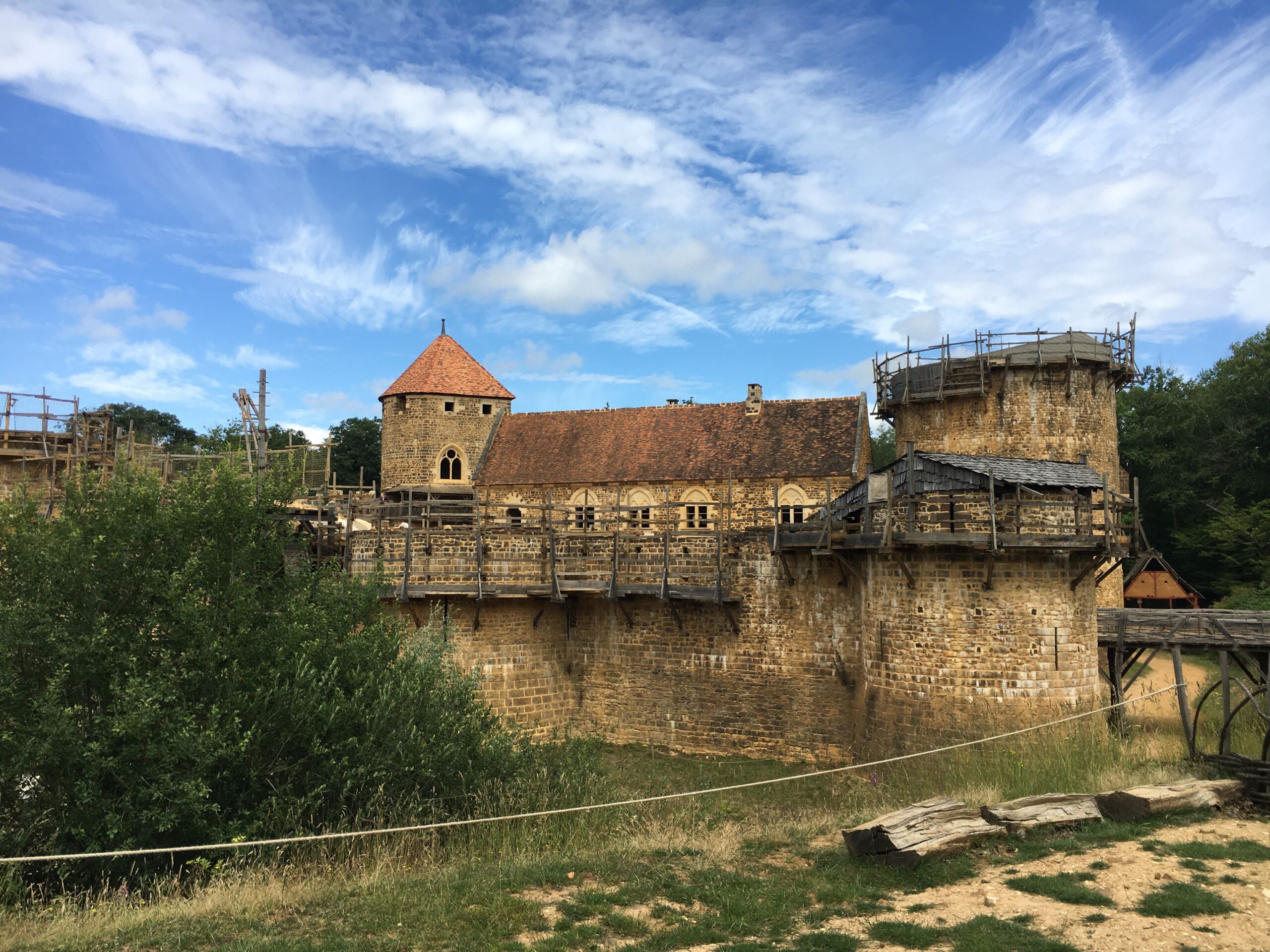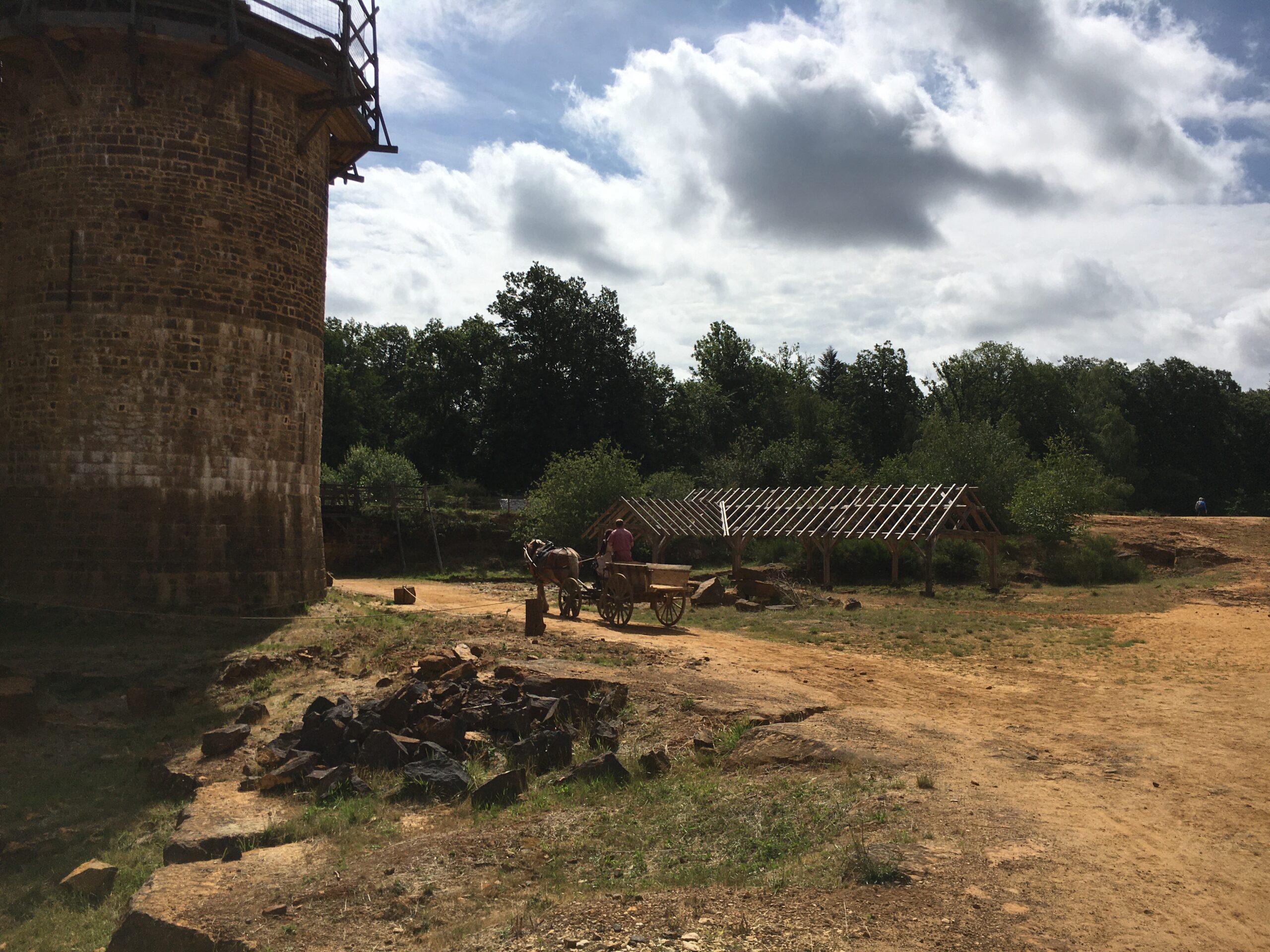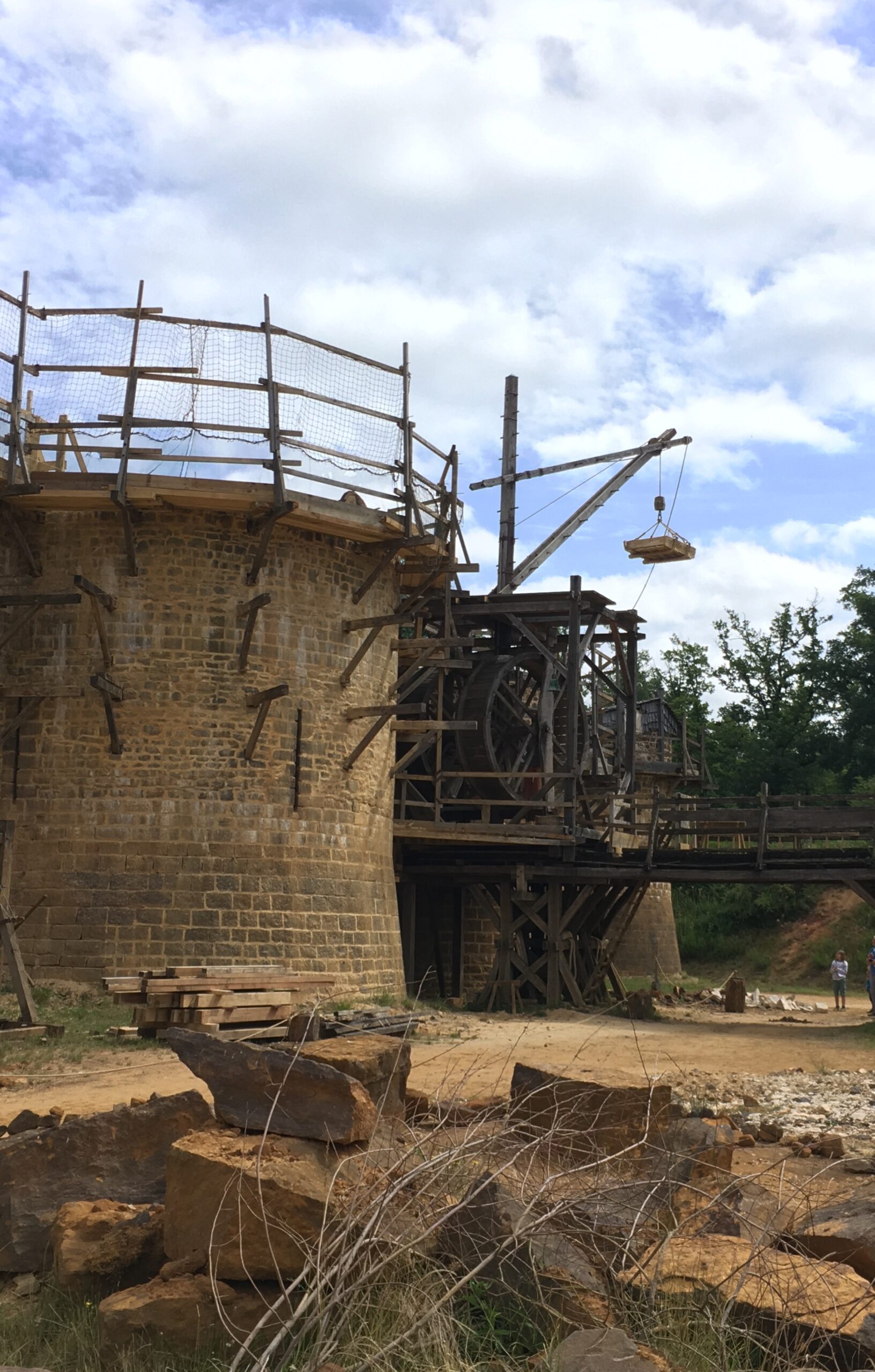I already know what you’re thinking, what the hell is Guédelon?!
I had no idea what it was or that it even existed until recently! I found it while looking for some fun post-confinement activities to do in the region of Bourgogne (Burgundy).
What is Guédelon?
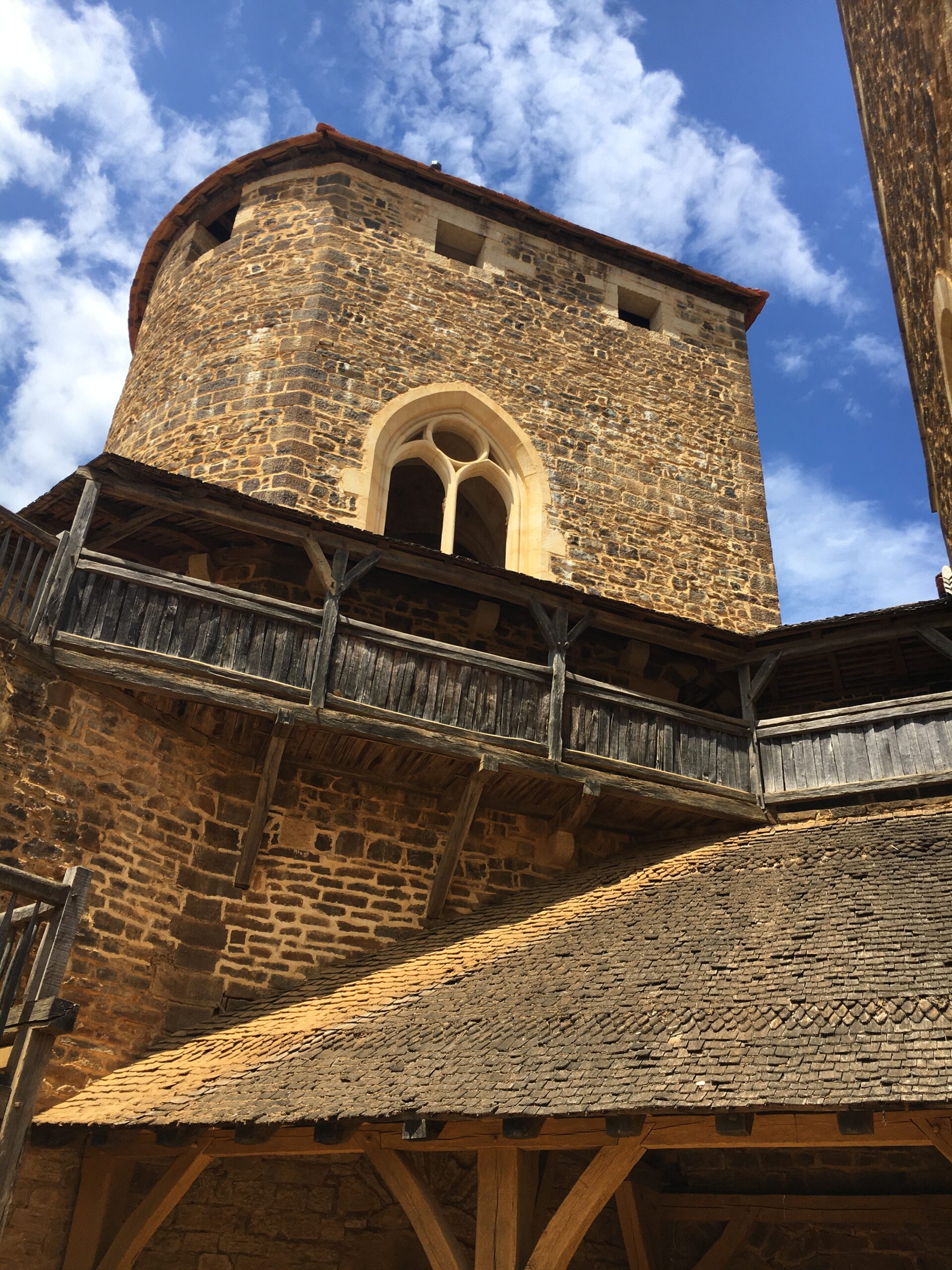
Prepare to be greeted by the “clink clink” of the stonemasons’ hammers and the “ding ding” of the treadwheel crane as you are transported back in time to a medieval building site that will delight and intrigue children and adults alike. About an hour from Auxerre, Guédelon is a pedagogical experience in experimental archaeology centered around the building of a château fort as it would have been done in the middle ages.
Not only is it a fascinating visitor attraction and almost surreal experience, it is a place of research into the techniques used in medieval castle-building using the concept of experimental archaeology. In this case, the archaeological experiment is to build a castle using known techniques and materials available in the middle ages within specific constraints. To provide these constraints, a fictional scenario has been created: Guilbert, a local lord with modest status in the feudal hierarchy has been granted “license to crenellate” by Jean of Toucy, vassal to the king of France.
The design of the castle is based off of a standardized military architecture popularized by Philip II Augustus (king 1180-1223) in the 12th and 13th centuries and is located on the site of a disused sandstone (grès) quarry. This site was chosen for its proximity to construction materials because transportation costs and taxes could double the cost of the supplies in the middle ages. The only material not found on-site is limestone (calcaire) which is transported from a nearby quarry.
What Will You Find?
On site, they have created a village of craftspeople who aid in the creation of the château such as stone quarriers, stone carvers, builder masons, mortar-makers, lumberjacks, carpenters, blacksmiths, tile-makers, potters, cord-makers, basket weavers, painters, and gardeners.
(WHEW, that’s A LOT of different trades!)
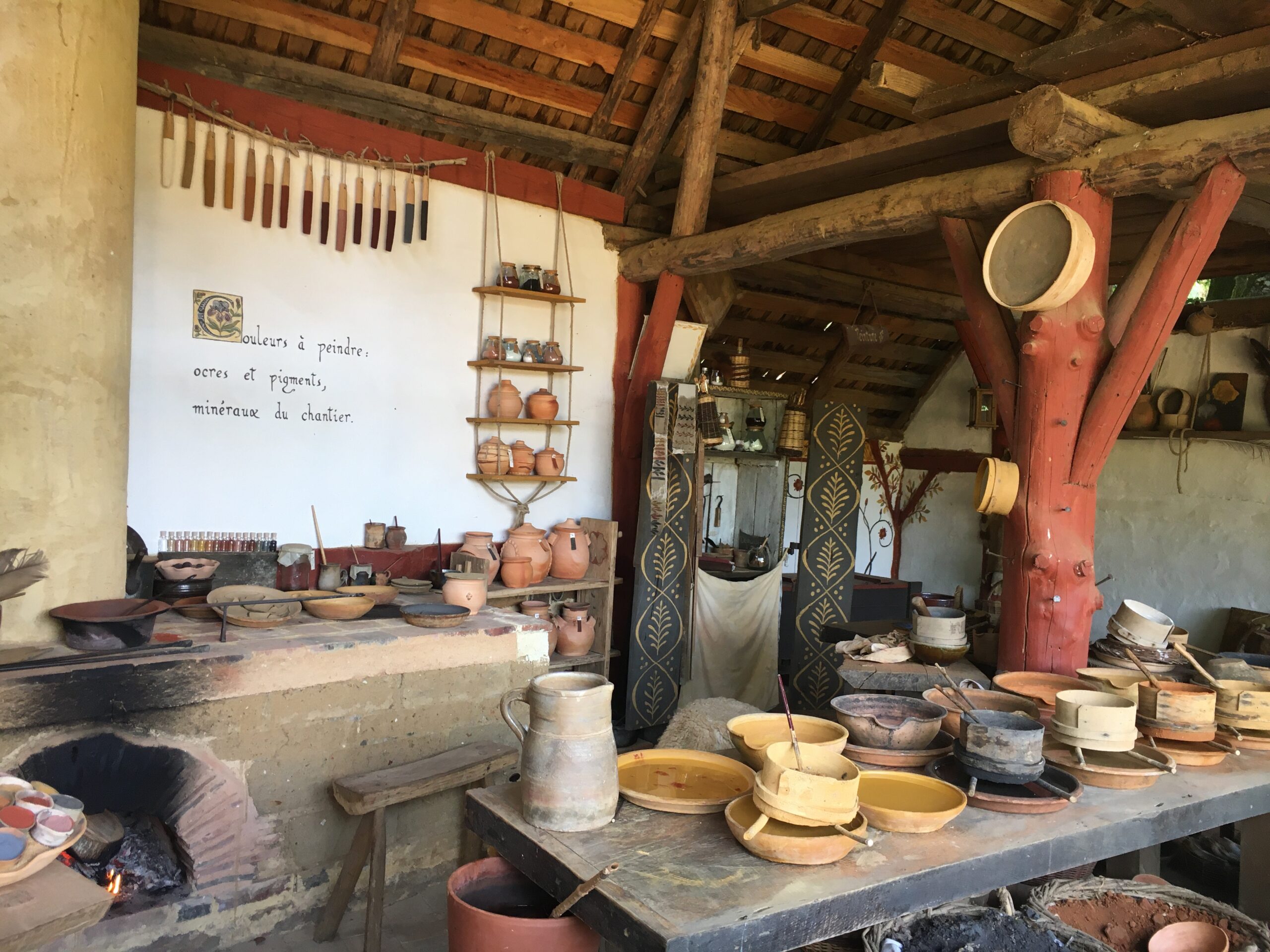
As well, they have created a functional reproduction of a 12th century hydraulic (flour) mill with the help of Inrap (National Institute for Preventive Archaeological Research). The mill is located about 1/3 mile from the village and is accessible by a path through the forest. Unfortunately, when I went, the mill was not fully operational because the water used to power the mill is deviated from elsewhere, but workers are allowed to release the water so that visitors may briefly watch the mill turn.
The best part? The entire thing is made to be interactive and pedagogical for visitors, too! The staff are trained not only in their skilled craft, but in explaining it to visitors. So, if you have any questions, do not hesitate to ask, they would be more than happy to respond!
Why Should You Visit?
This is an experience unlikely to be reproduced due to the reason for its construction, making it a unique opportunity to see experimental archaeology in action. Although it was predicted to take 25 years to complete once begun in 1997 (est. completion 2022), one of the stonemasons I spoke with believed they require another six years (2026) to complete, since half of their time is spent interacting with the public.
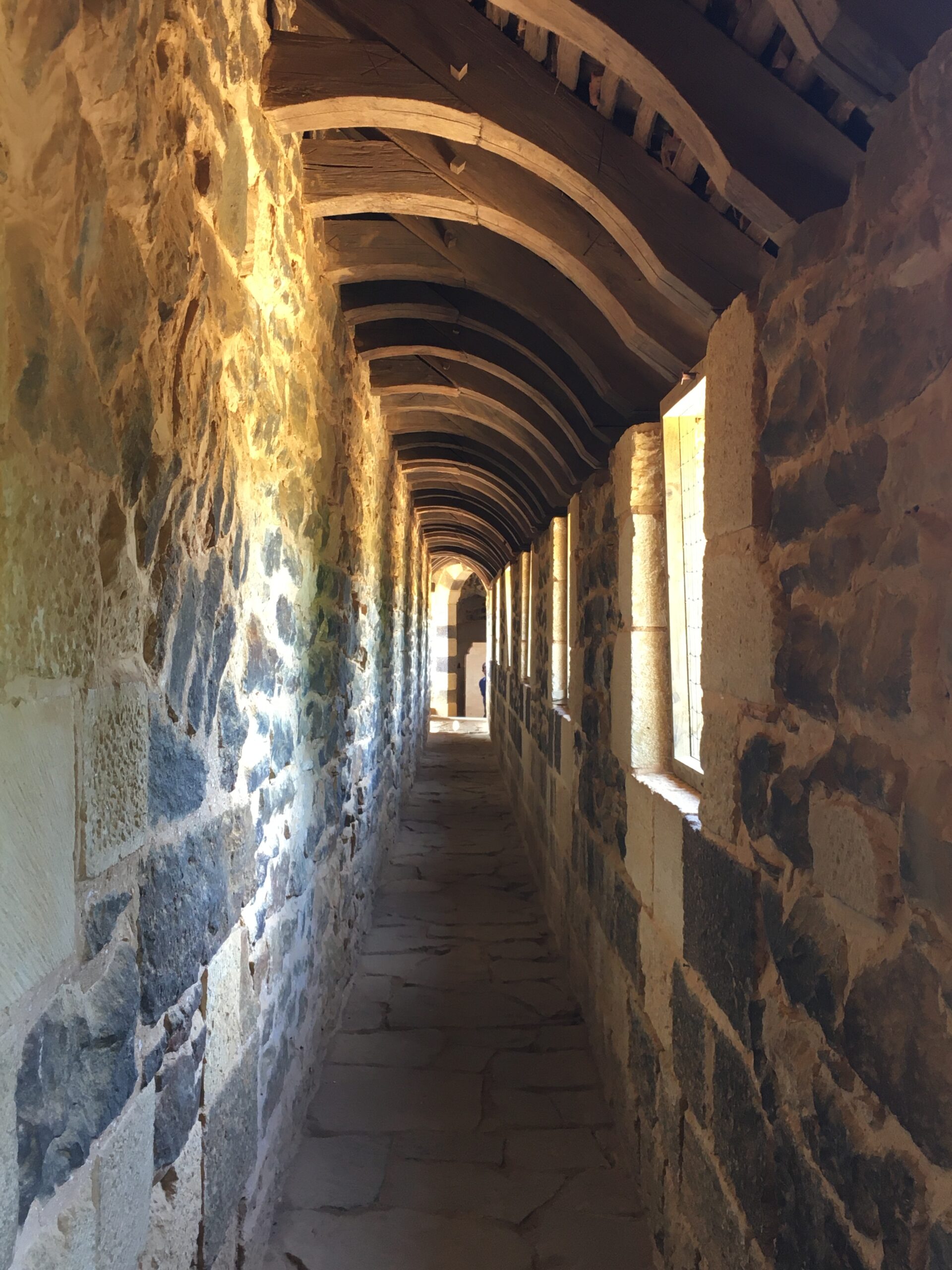
When I went, they were in the beginnings of raising the two central towers of the château (with a great portion of the structure already completed), not only allowing visitors to experience the workers in action, but to appreciate first-hand the work that they have already completed. Believe me, the craftsmanship is top notch! I particularly loved the covered walkway.
If you cannot visit, but are interested in learning about Guédelon and the work going on there, I suggest checking out their YouTube series “Les Feux de Guédelon” which is subtitled in English.
How English Friendly is it?
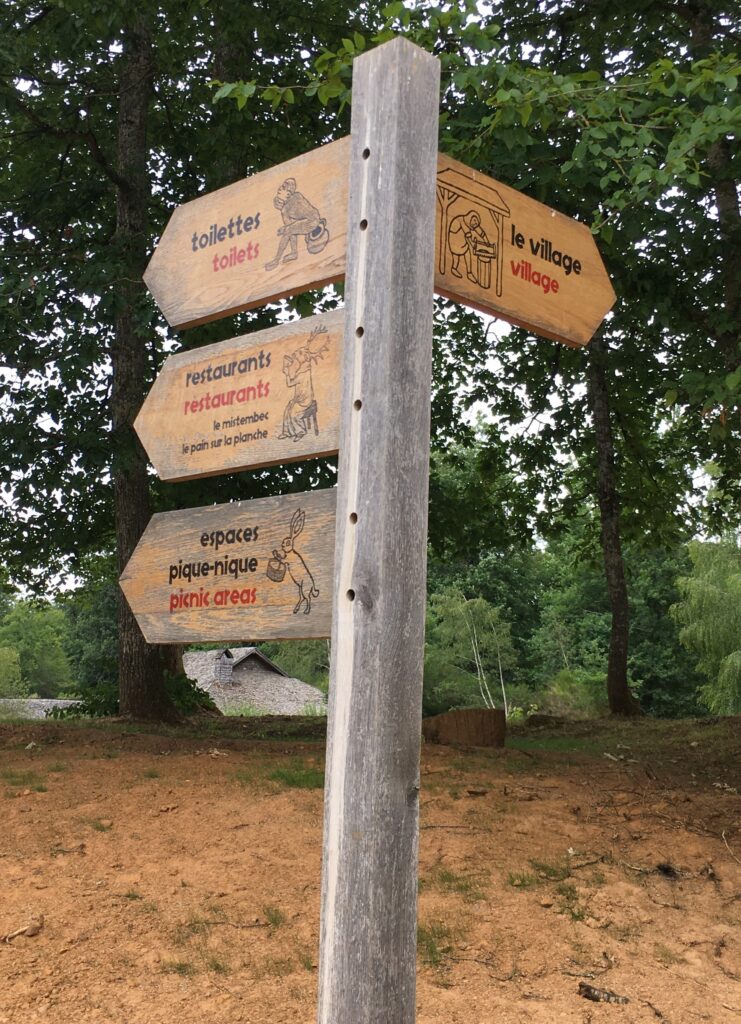
When I visited with my husband, it was after confinement in late June and all visitors we saw there were French, but don’t let that stop you as it is a very English language-friendly visit for those with little or no French skills.
Starting from their website, which is available in French, English, German and Dutch, Guédelon aims to be as inclusive as possible for non-French speakers. Unfortunately, the English website is not as in-depth as that of the French with additional information missing, but all basic information you need to plan your visit is there.
On-site maps, signs and informational panels are all in French and English so you will have no problem navigating or understanding what is going on, and many of the workers speak English if you have any specific questions.

The only explicative panel that was not translated is that located in the upper tower area which explains why there is no stained glass, and what they believe to have filled the windows instead.
This panel is translated as follows:
The first window was created and installed October 24th 2013. It is the result of a question often raised by scientists and our visitors:
How was a château window made in the middle ages?
No “physical” trace of practices and techniques used exists any longer. Therefore, we needed to investigate illuminated manuscripts and building records. It appears that windows are often divided in two parts: at the upper level, a “dormer” (which does not open) made from a frame in wood, covered by a translucent protection: leather parchment? waxed canvas?
At the bottom of the window, an opening part that can vary according to the seasons with a wicker weave and an articulated wooden shutter in winter.
Glass was reserved for religious buildings for symbolic reasons, but it is likely that these translucent leather panels could have been painted in imitation of stained glass.
You have in front of your eyes the result of the work in experimental archaeology we have carried out this season [2013], requiring the intervention of several craftspeople on-site.
The oak window frame has been created, on which is stretched a parchment skin, painted with mineral pigments, then oiled with linseed oil to obtain transparency.
Tips and Other Information
Plan to spend around four hours or more on-site if you wish to visit everything and try to interact with all of the trade stalls. Although we went on a Saturday, not all of the trades were working, but we tried to visit each stall regardless and enjoy our time walking about the village.
You are able to return back to your car and bring in your own food/drinks as there is a picnic area, just make sure to tell them when you first enter that you plan to go back to your car, or they may not let you back in (this almost happened to us when we left for lunch, but we were thankfully let back in).
Wear shoes you do not mind getting dirty and are comfortable walking in, the paths are made of very ferrous dirt and will stain your shoes or get them muddy, weather depending.
Another interesting activity you can look into is an introduction to stone carving (they have this for adults and also one that is child-safe); unfortunately, due to COVID, these were cancelled for the season.
For more information or to buy your tickets in advance, visit their website.
Enjoy your visit!
Bisous,
Rose
Read More:

